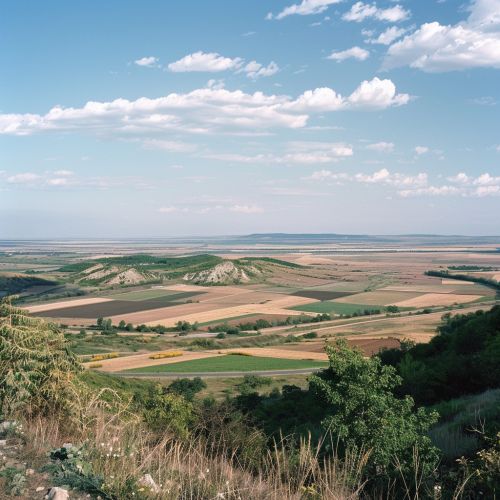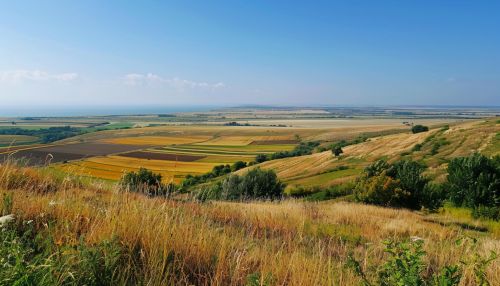Transnistria
Geography
Transnistria, officially known as the Pridnestrovian Moldavian Republic (PMR), is a landlocked region located in Eastern Europe. It is a narrow strip of territory between the river Dniester and the Moldova–Ukraine border. Despite its location, Transnistria is internationally recognized as part of Moldova, but it functions as a de facto state with its own government and military.


History
The history of Transnistria is complex and marked by numerous territorial disputes. The region has been inhabited since the Stone Age, with various tribes and empires laying claim to it over the centuries. In the 20th century, Transnistria was part of the Moldavian SSR under the Soviet Union, until it declared independence in 1990, following the dissolution of the USSR. This led to the Transnistria War in 1992, a brief but intense conflict between Moldova and the newly formed PMR. The war ended in a ceasefire, leaving Transnistria as a de facto independent state, though it is not recognized by the international community.
Politics
Transnistria is a semi-presidential republic, with the President of Transnistria as the head of state and the Prime Minister of Transnistria as the head of government. The Supreme Council of Transnistria is the legislative body, consisting of 43 members. Despite its lack of international recognition, Transnistria maintains its own institutions, including a military, police force, constitution, flag, and national anthem.
Economy
The economy of Transnistria is diverse, with significant sectors including steel production, electricity generation, and textile manufacturing. The region also has a substantial agricultural sector, with products such as wheat, corn, vegetables, and wine grapes. The Transnistrian ruble is the official currency, but due to its lack of international recognition, it is not exchangeable outside of Transnistria.
Demographics
Transnistria has a diverse population, with Moldovans, Russians, and Ukrainians making up the majority of its residents. The official languages are Russian, Moldovan, and Ukrainian. The region is predominantly Orthodox Christian, with a small percentage of the population practicing other religions.
Culture
Transnistrian culture is a blend of Moldovan, Russian, and Ukrainian influences, reflecting the diverse ethnic makeup of the population. Traditional music, dance, and cuisine are integral parts of the cultural landscape. Transnistria also hosts a number of cultural festivals and events throughout the year, showcasing the region's rich cultural heritage.
